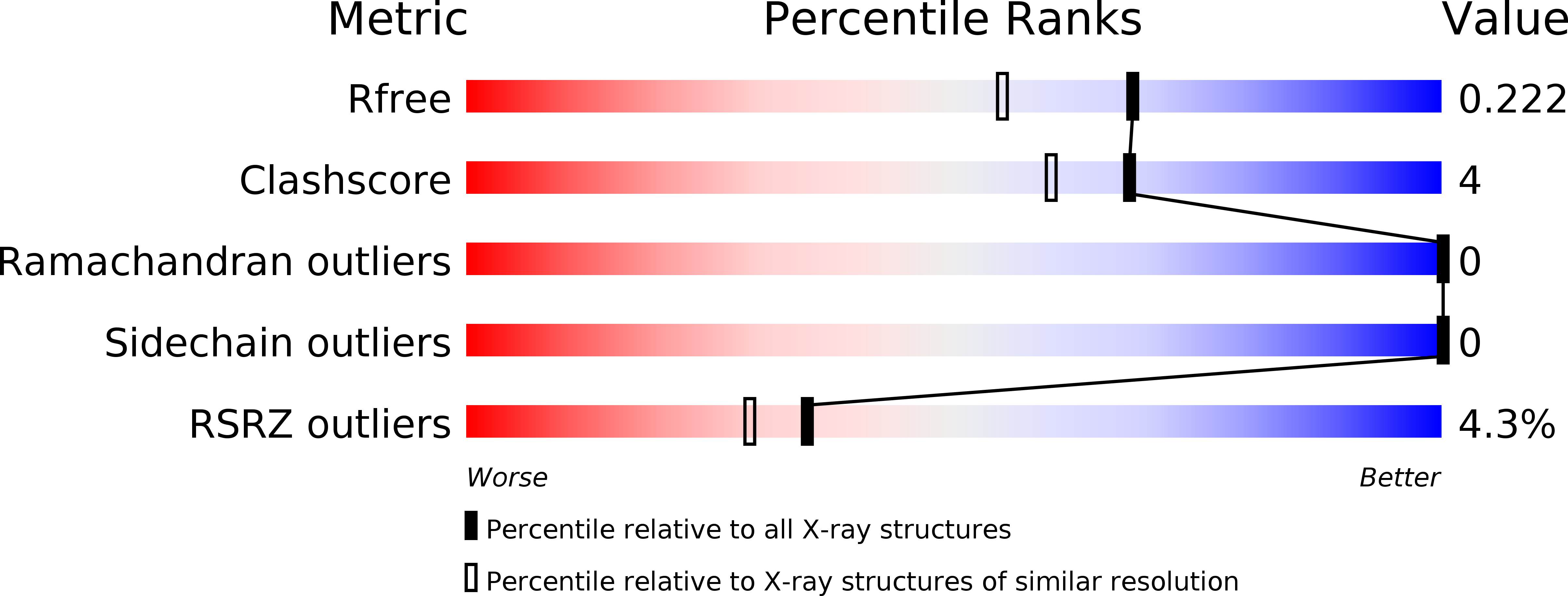
Deposition Date
2018-06-25
Release Date
2018-09-12
Last Version Date
2024-03-13
Entry Detail
PDB ID:
6DVS
Keywords:
Title:
Crystal structure of Pseudomonas stutzeri D-phenylglycine aminotransferase
Biological Source:
Source Organism:
Pseudomonas stutzeri (Taxon ID: 316)
Host Organism:
Method Details:
Experimental Method:
Resolution:
1.82 Å
R-Value Free:
0.22
R-Value Work:
0.17
R-Value Observed:
0.18
Space Group:
P 31 2 1


